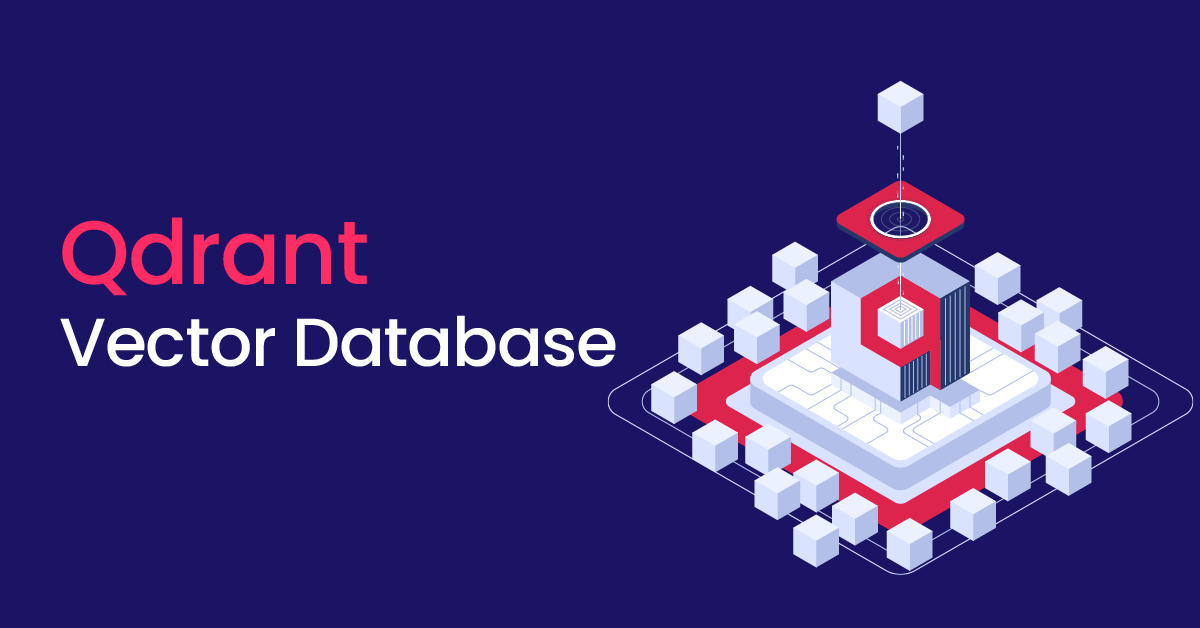
Unlocking Enhanced AI Capabilities with Qdrant and Ollama
In the realm of artificial intelligence (AI), two cutting-edge services have emerged as game-changers in the field of large language models (LLMs): Qdrant and Ollama. By combining these two powerful tools, you can significantly enhance your AI capabilities, enabling more efficient learning and improvement of your LLM environments.
What is Qdrant?
Qdrant is a distributed metadata database specifically designed for natural language processing (NLP) tasks, particularly those involving large language models like Ollama. Its primary function is to store, manage, and query metadata related to your AI models, such as their performance metrics, training data, and hyperparameters. By leveraging Qdrant, you can efficiently collect, analyze, and visualize insights from your LLM environments, ultimately driving better decision-making for your AI applications.
Why is Qdrant a great additional service?
Qdrant’s benefits extend beyond just storing metadata; it also enables real-time analytics, predictions, and recommendations. With Qdrant, you can:
1. Monitor performance: Track the efficiency of your LLM environments in real-time, identifying areas for improvement.
2. Optimize hyperparameters: Use Qdrant to fine-tune your model’s hyperparameters, leading to better accuracy and faster convergence.
3. Improve model interpretability: Visualize insights from your metadata, gaining a deeper understanding of your AI models’ behavior.
What is Ollama?
Ollama is an open-source large language model developed using the Hugging Face Transformers library. Its architecture allows for efficient computation of complex NLP tasks, such as text classification, sentiment analysis, and question answering. Ollama’s strengths include:
1. High accuracy: Ollama achieves state-of-the-art results on various NLP benchmarks.
2. Flexibility: It can be easily fine-tuned for specific applications, adapting to diverse data distributions.
3. Scalability: Ollama’s modular design makes it suitable for deployment on both local and remotely hosted servers.
Why use Ollama on a locally or remotely hosted server?
Using Ollama on a remote server offers several advantages:
1. Flexibility: Deploying Ollama on a cloud-based server allows you to scale up or down according to your needs, ensuring optimal performance.
2. Cost-effectiveness: Remote hosting eliminates the need for expensive hardware and reduces maintenance costs.
3. Accessibility: By leveraging remote servers, you can access Ollama from anywhere, collaborating with others in real-time.
Combining Qdrant and Ollama
By integrating Qdrant with your remotely hosted Ollama instance, you can unlock a powerful synergy that amplifies the capabilities of both tools:
1. Train and fine-tune: Use Qdrant to monitor performance metrics and hyperparameters during model training, optimizing the learning process.
2. Analyze insights: Leverage Qdrant’s analytics capabilities to gain deeper understanding of your AI models’ behavior, informing future improvements.
3. Enhance model interpretability: Visualize metadata with Qdrant, shedding light on Ollama’s internal workings and uncovering hidden patterns.
By harnessing the potential of both Qdrant and Ollama, you can develop more efficient, accurate, and transparent AI applications that push the boundaries of NLP innovation.